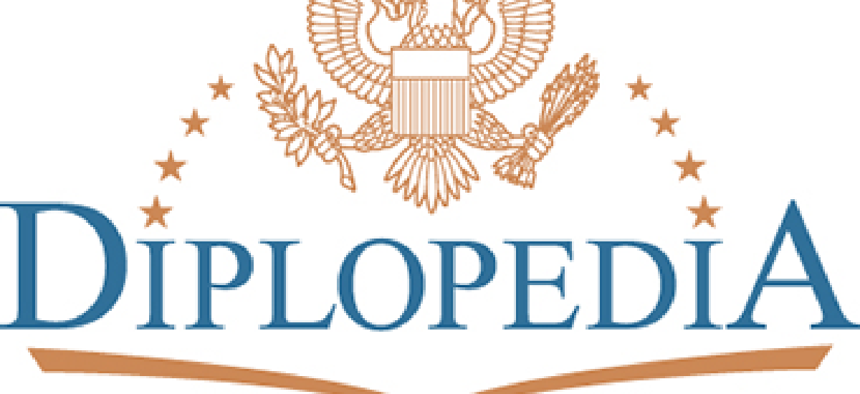Diplopedia: Low cost, high engagement

The State Department's six-year-old wiki-based knowledge-sharing tool is growing steadily, providing information to 60,000 department employees while costing next to nothing to run.

After returning home to America in June 2011 from a foreign service assignment in Moscow, Eric Brassil filled out paperwork he thought would ensure he received a short-term allowance and temporary housing while he settled into a new job. But after a brief vacation, he went to work in the State Department’s Office of eDiplomacy only to discover that the application process for a service transfer allowance had changed, which sent him to the department’s intranet in search of answers.
Thanks to Diplopedia, the State Department’s internal knowledge-sharing tool based on the open-source MediaWiki platform, Brassil found an article with the information he needed to learn the new processes, and then updated the article with his own findings to help other State Department employees.
“I added step-by-step what I had learned and the actual process to get this allowance,” said Brassil, now a business practices adviser in the Office of eDiplomacy. “The material was there, but I sort of wrote it in plain language so whoever was coming back to Washington, D.C., would then know how to fill out the paperwork and go through the process,” he said. “I was able to help quite a lot of people.”
In fact, Brassil’s updates have been read by close to 11,000 people on Diplopedia, which is run on the State Department’s unclassified intranet and is available to about 60,000 employees who have access to the network.
Diplopedia was introduced in 2006 under the ownership of the Office of eDiplomacy, part of the Bureau of Information Resource Management, as a collaboration and knowledge-sharing tool. From humble beginnings — it began with just a handful of articles — Diplopedia has grown by leaps and bounds.
As of November, it boasted nearly 6,000 editors, which means that one in 10 employees who are authorized to use Diplopedia have contributed to its content — and 18,000 articles on a wide range of topics, including biographies of foreign dignitaries and an acronym finder that contains 1,200 terms and their definitions.
It is an encyclopedia of unclassified foreign affairs knowledge that increases efficiency at the State Department and reduces the time it takes for employees to find information quickly and make updates in real time, said Bruce Burton, senior adviser in the Office of eDiplomacy.
“It has enabled people to collaborate across geographical and organizational boundaries,” Burton said.
Diplopedia users can learn about the State Department’s many offices and bureaus, and the tool enhances the department’s internal enterprise search function. In fact, keyword searches often lead users to Diplopedia articles. Tiffany Smith, deputy chief of the Office of eDiplomacy’s Knowledge Leadership Division, said one of Diplopedia’s most common uses is as a how-to tool. It provides a single place where users can get answers to their questions without going through a chain of command or wasting time chasing outdated resources.
Diplopedia was put to another beneficial use when it helped coordinate crisis management during the 2010 earthquake in Haiti, Smith said.
Diplopedia is maintained by the equivalent of 1.5 full-time employees. Combined with the free open-source software that powers the wiki, that minimal support translates into a very low-cost tool that upwards of 60,000 people can use on any given day. By way of comparison, NASA’s Lessons Learned Information System, a knowledge management project launched in 1994, cost $782,000 to operate in 2011 and was criticized in a March 2012 Inspector General report as being of “diminishing and questionable value” because “NASA program and project managers rarely consult or contribute to LLIS.” FCW's sister publication GCN covered the report.

“Our main goal is to help people,” Smith said. “We’re not just an IT resource but a resource for anyone dealing with problems.”
A read-only version of Diplopedia is mirrored to an unclassified, closed interagency network that allows employees at other agencies to use Diplopedia as a resource but not make edits.
A smaller version of Diplopedia called Diplopedia-S exists on a separate classified network and is available only to American government personnel with security clearances.
Linda Green, new media adviser in the Office of eDiplomacy, said officials are planning to upgrade Diplopedia in the near future to enhance the user experience.
The search capability will be improved, Diplopedia’s software will be upgraded, and the website will be redesigned to fit the capabilities of the tool.
“It’s going to be even better in the future,” Green said.
NEXT STORY: Fed 100 deadline extended



